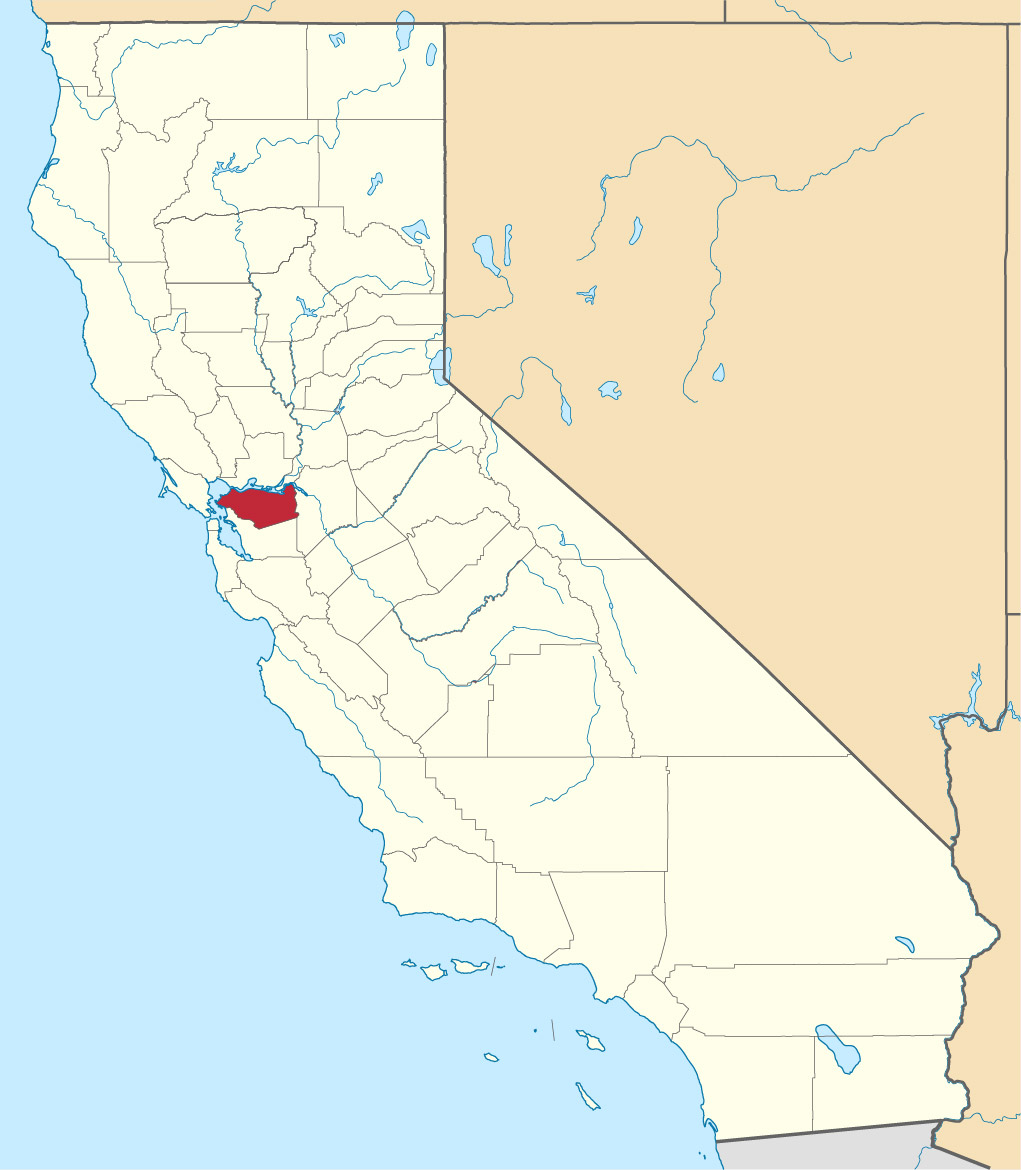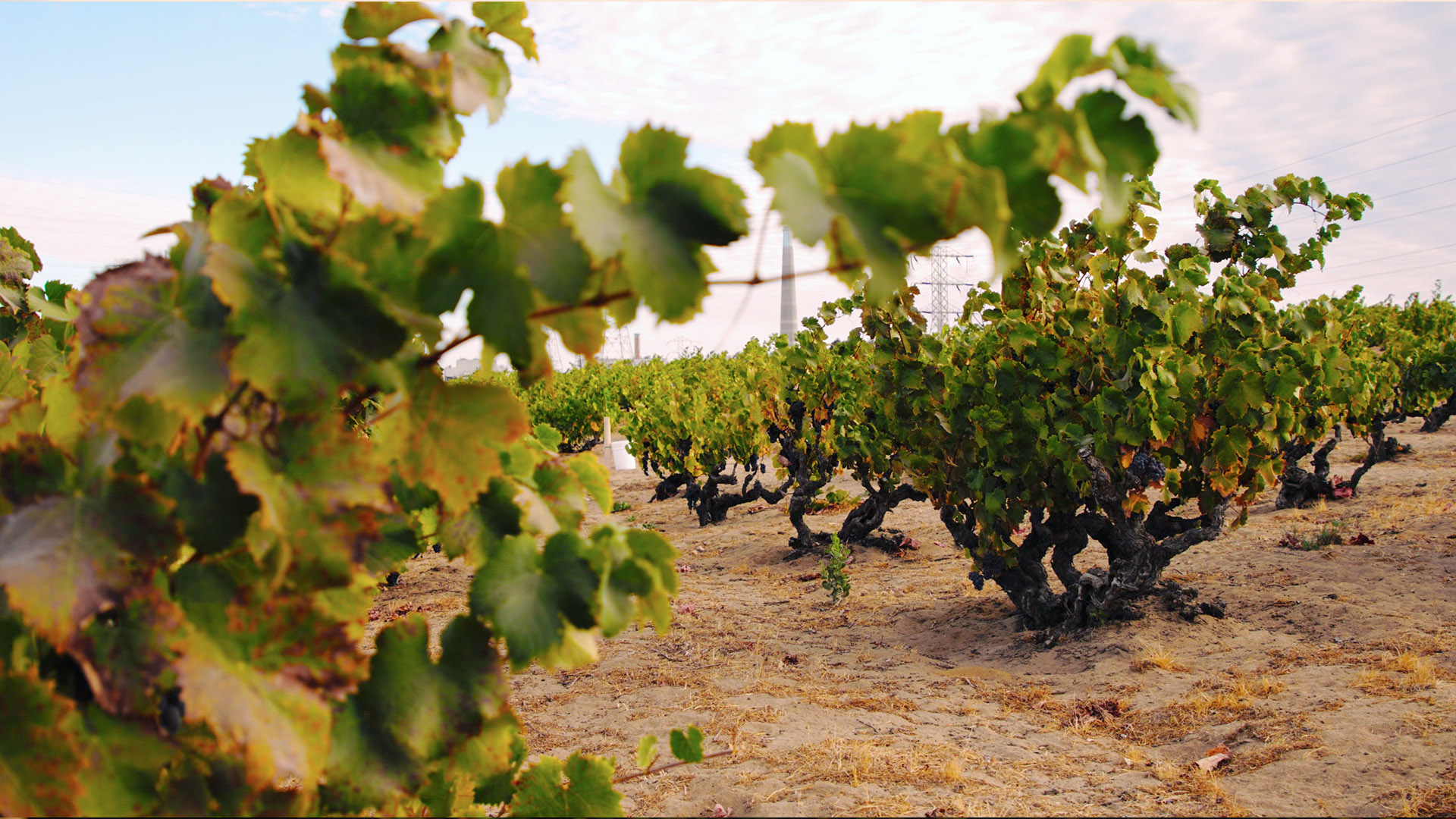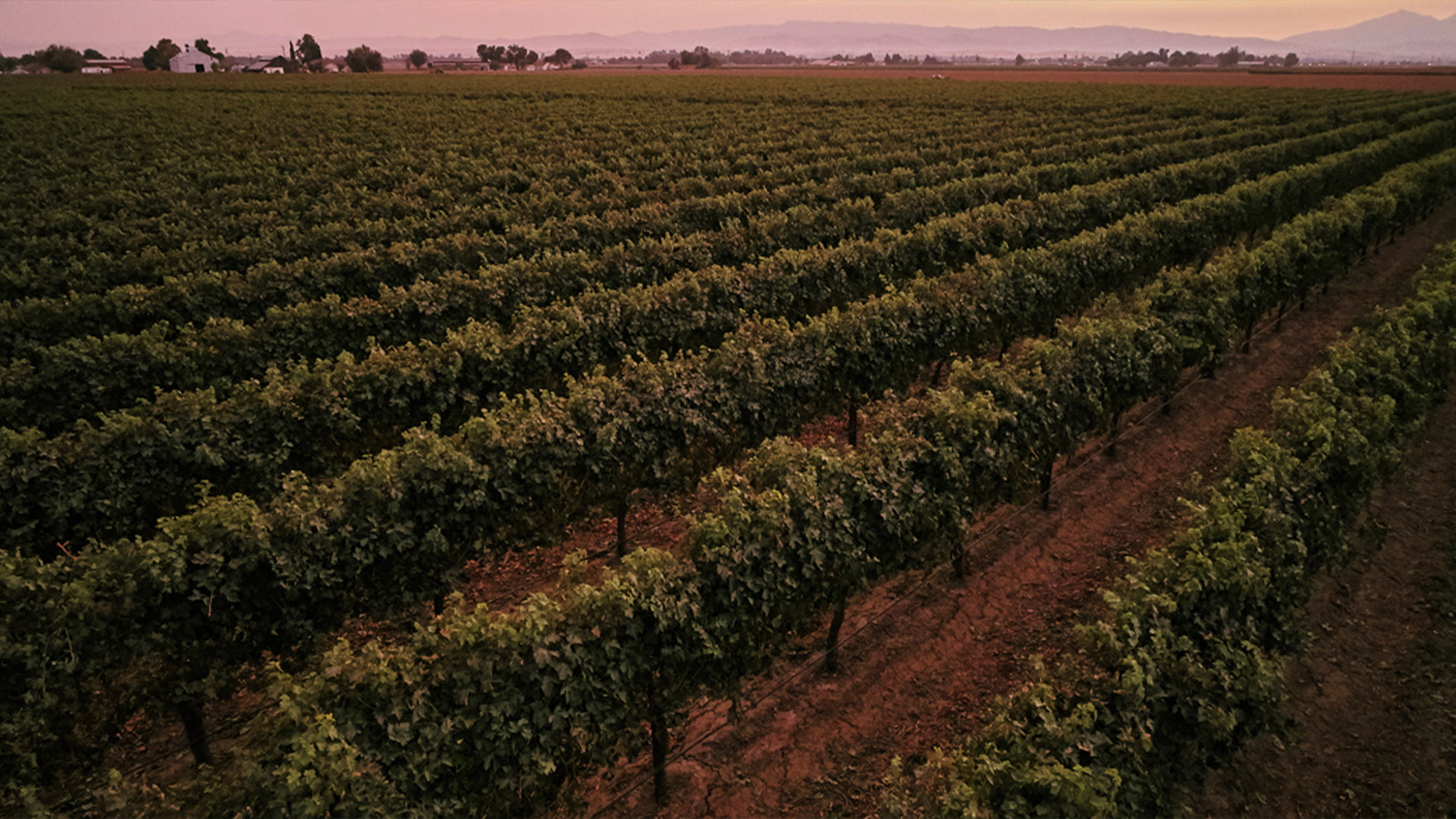
Contra Costa County
Contra Costa Vineyards History
How it all started
Contra Costa County is an AVA (American Viticultural Area) directly east of San Francisco Bay in California’s Central Coast AVA. Once a prolific wine-growing region, the county is home to some century-old plantings of Zinfandel, Mourvedre and Carignane that produce rustic, earthy and leathery styles of red wine. The county sits on the edge of the San Francisco and Suisun bays at the entrance to where the Sacramento Delta begins to weave its way inland towards Lodi. Livermore Valley is directly south of Contra Costa County, and the city of San Francisco across the bay gives the county its name – contra costa meaning ‘opposite shore’ in Spanish.
Most of the vineyards are in the eastern part of the county, surrounding the towns of Brentwood and Oakley. At the beginning of the 20th Century, Contra Costa County had a significant portion of land under vine. However, during Prohibition, growers could not earn enough from their grapes to justify using such high-quality sites and they were forced off their land; other fruit crops such as cherries and pears were planted instead. Most of these grape growers moved further away from San Francisco into Napa and Sonoma counties, but a few hardy souls remained.
Soil and Climate
How it all started
The quality soils of Contra Costa County are the defining feature of its terroir. Gnarled old vines were planted 100 years ago on deep, sandy soils that have restricted yields, particularly as the vines have aged. Deep and free-draining, the sand offers little resistance to wandering root systems, and the lack of water in the ground means that the vines produce small, concentrated berries with thick skins. This in turn leads to wines with firm tannins and excellent structure.
Contra Costa County has a hot climate, although this is moderated by the bays that border the area’s northern side. Cool afternoon breezes from San Francisco and Suisun bays mean that the temperature drops at night, leading to a significant diurnal temperature shift. This cooling-off period means that the growing season is extended and grapes have more time to develop rich, complex flavors that do not come at the expense of acidity.
While urban expansion poses a big threat to vigneron’s in Contra Costa County (as in Santa Clara County in the south), the wines produced here are held in high regard by critics and consumers. Many producers in Napa and Sonoma have sourced fruit from the region, proudly producing wine under the Contra Costa County AVA.

Ancient Vines

